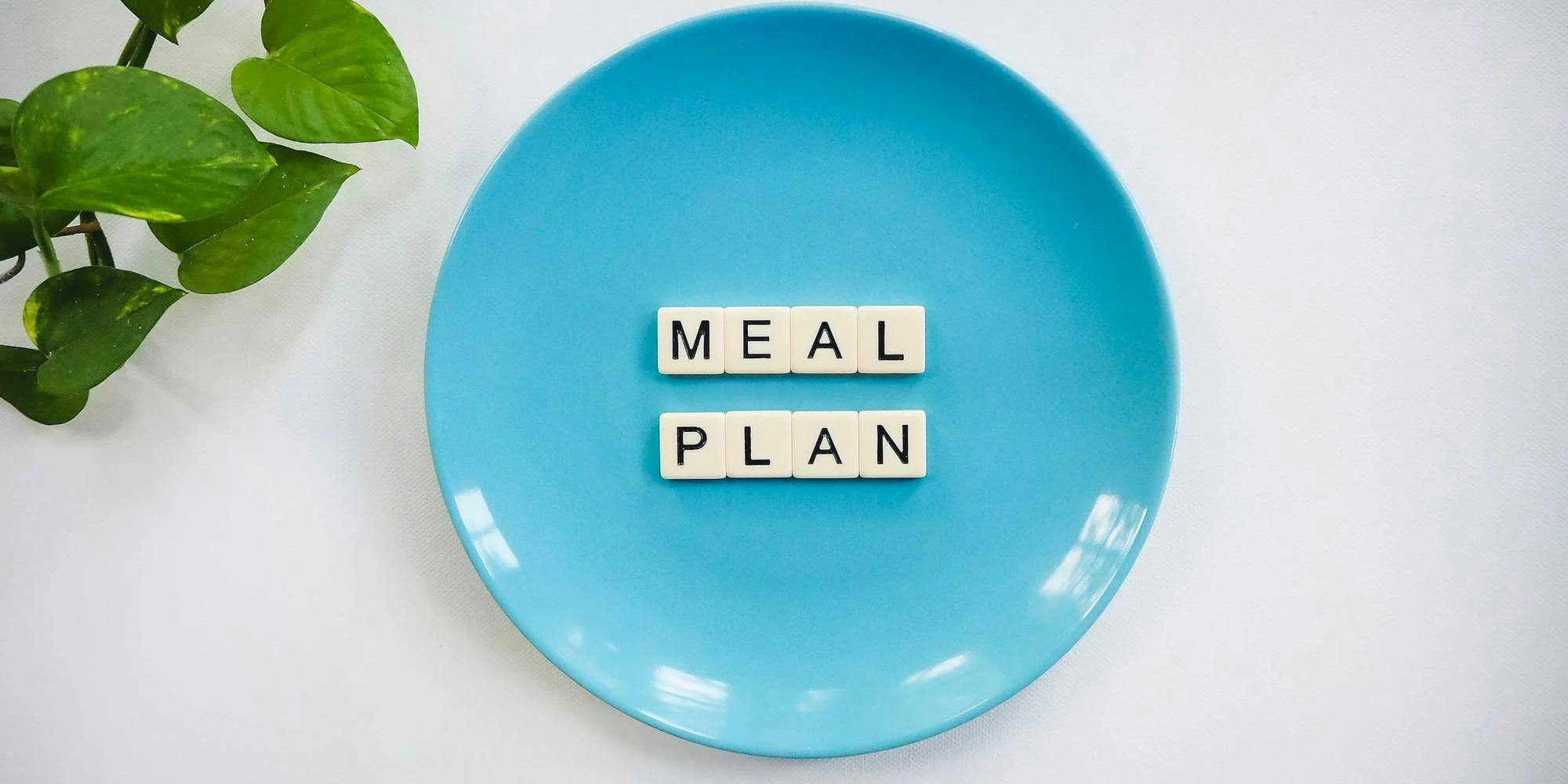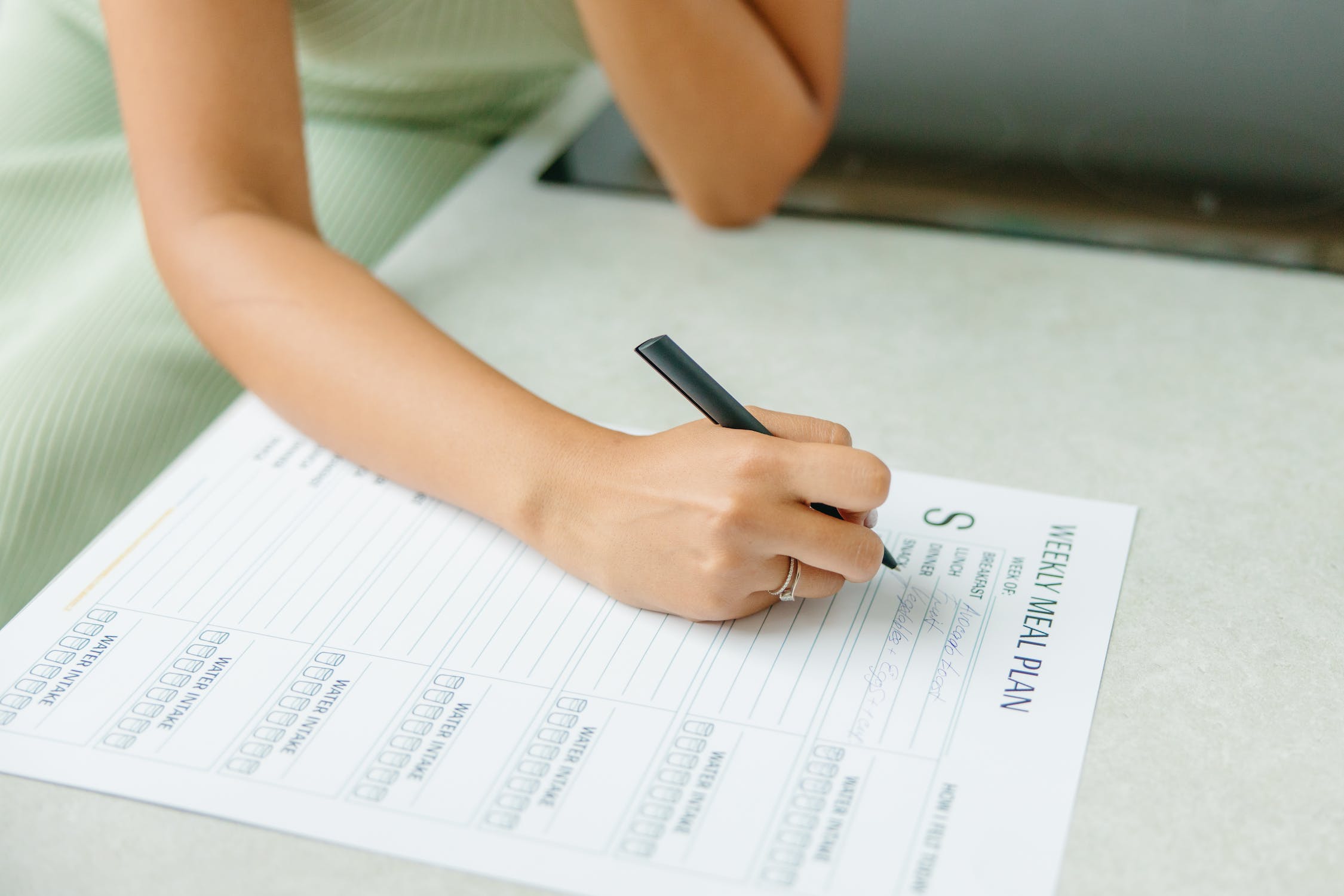7 Day Bodybuilding Meal Plan: Easy Recipes



In order to achieve your best results from the gym, you must focus on your diet, as keeping the wrong diet can be unsalutary to your bodybuilding goals. To help you reach your fitness goals, you need to eat nutrient-rich foods with lots of protein and limiting alcohol, sugar or deep-fried foods at the same time. In this article we explain what to eat and avoid on a bodybuilding diet and represent you menu samples for a week.

Bodybuilding training and dieting is usually divided into two phases: bulking and cutting. The goal of the bulking phase is to gain muscle mass, whereas the cutting phase is dedicated to preserving muscle while losing body fat.
In addition to workout, bodybuilders also focus on their nutrition. Due to careful planning, bodybuilders can eat food that not only supports their gym results but keeps them also healthy and energetic.
The main goal for competitive bodybuilders is to increase muscle mass in the bulking period and reduce body fat in the cutting period. Consequently, you consume more calories in the bulking phase than in the cutting phase.
During your bulking phase, you should increase your calories by around 15%. For example, if your maintenance calories are 3,000 per day, you should eat 3,450 calories per day (3,000 x 0.15 = 450) during your bulking phase.
During your cutting phase, you would instead decrease your calories by 15%, meaning you would eat 2,550 calories per day instead of 3,450.
Like training, diet is a vital part of your fitness journey. Eating the right foods in the appropriate amounts provides your muscles with the nutrients they need to recover from exercises and grow bigger and stronger. In reverse, consuming the wrong foods or not enough of the right ones will provide you undesirable results.
Here are foods you should concentrate on and foods to limit or avoid:
Foods to eat:
| Meats, poultry, and fish: | Sirloin steak, ground beef, pork tenderloin, venison, chicken breast, salmon, tilapia, and cod. |
|---|---|
| Dairy: | Yogurt, cottage cheese, low fat milk, and cheese. |
| Grains: | Bread, cereal, crackers, oatmeal, quinoa, popcorn, and rice. |
| Fruits: | Oranges, apples, bananas, grapes, pears, peaches, watermelon, and berries. |
| Vegetables: | Potatoes, corn, green peas, green lima beans, broccoli, spinach, leafy salad greens, tomatoes, green beans, cucumber, zucchini, asparagus, peppers, and mushrooms. |
| Seeds and nuts: | Almonds, walnuts, sunflower seeds, chia seeds. |
| Oils: | Olive oil, flaxseed oil, and avocado oil. |

Foods to avoid:
| Alcohol: | Alcohol can negatively affect your ability to build muscle and lose fat, especially if you consume it in excess. |
|---|---|
| Added sugars: | Candy, cookies, doughnuts, ice cream, cake, and sugar-sweetened beverages, such as soda and sports drinks. |
| Deep-fried foods: | Fried fish, french fries, onion rings, chicken strips, and cheese curds. |
There is a prejudice that healthy food is boring and tasteless. But this is not the case at all, here are examples of menu that you can vary and eat in a variety of ways. Such food will give you energy, strength and ensure excellent results in the gym.
Sunday:
| Breakfast: | Protein shake and oatmeal. |
|---|---|
| Snack: | Greek yogurt, strawberries, and almonds. |
| Lunch: | Turkey breast, basmati rice cooked with mushrooms. |
| Snack: | Apple and almonds. |
| Dinner: | Sirloin steak, sweet potato and broccoli. |
Monday:
| Breakfast: | Whole grain granola with walnuts and berries. |
|---|---|
| Snack: | Can of tuna with crackers and an apple. |
| Lunch: | Grilled fish with brown rice and grilled asparagus. |
| Snack: | Protein shake and watermelon. |
| Dinner: | Chicken breast with sweet potato and season veggies. |
Tuesday:
| Breakfast: | Protein pancakes, peanut butter, and raspberries. |
|---|---|
| Snack: | Low-fat cottage cheese with blueberries. |
| Lunch: | Grilled chicken breast, baked potato, greens. |
| Snack: | Protein shake and a peach. |
| Dinner: | Turkey meatballs, marinara sauce, and parmesan cheese over pasta, with a side of sautéed kale. |
Wednesday:
| Breakfast: | Omelet with tomatoes, feta cheese and olive oil, one banana. |
|---|---|
| Snack: | Berry smoothie (blend 1 banana, soy milk and 1 cup of blueberries). |
| Lunch: | Grilled salmon, cooked rice, salad with avocado, tomatoes, greens and cucumber dressed with lemon juice and olive oil. |
| Snack: | Greek yogurt, sliced strawberries and chopped walnuts. |
| Dinner: | Roasted white meat chicken, roasted potatoes with brussels sprouts. |
Thursday:
| Breakfast: | Scrambled eggs, English muffin topped with avocado, orange. |
|---|---|
| Snack: | Hummus, whole wheat pita and carrot sticks. |
| Lunch: | Baked turkey, cooked quinoa, grilled red and green peppers, corn kernels. |
| Snack: | Mozzarella cheese sticks, 1 pear, unsalted almonds. |
| Dinner: | Greek salad (sliced cucumbers, tomatoes, green bell pepper, red onion, olives, and feta cheese dressed with olive oil and lemon juice). |
Friday:
| Breakfast: | Overnight oats. |
|---|---|
| Snack: | Turkey roll-ups. |
| Lunch: | Chicken fillets with cooked buckwheat, seasonal veggies. |
| Snack: | Greek yogurt, banana. |
| Dinner: | 12 large grilled shrimp, steamed brown rice, mixed greens. |
Saturday:
| Breakfast: | Peanut batter banana sandwich. |
|---|---|
| Snack: | Greek yogurt, sliced strawberries. |
| Lunch: | Lean ground beef burger on lettuce with tomato, onion, and cheese. |
| Snack: | Whey protein shake. |
| Dinner: | Grilled tuna with cooked quinoa and season salad. |
Try to vary the types of foods in your diet and consume plenty of protein with each meal and snack.


